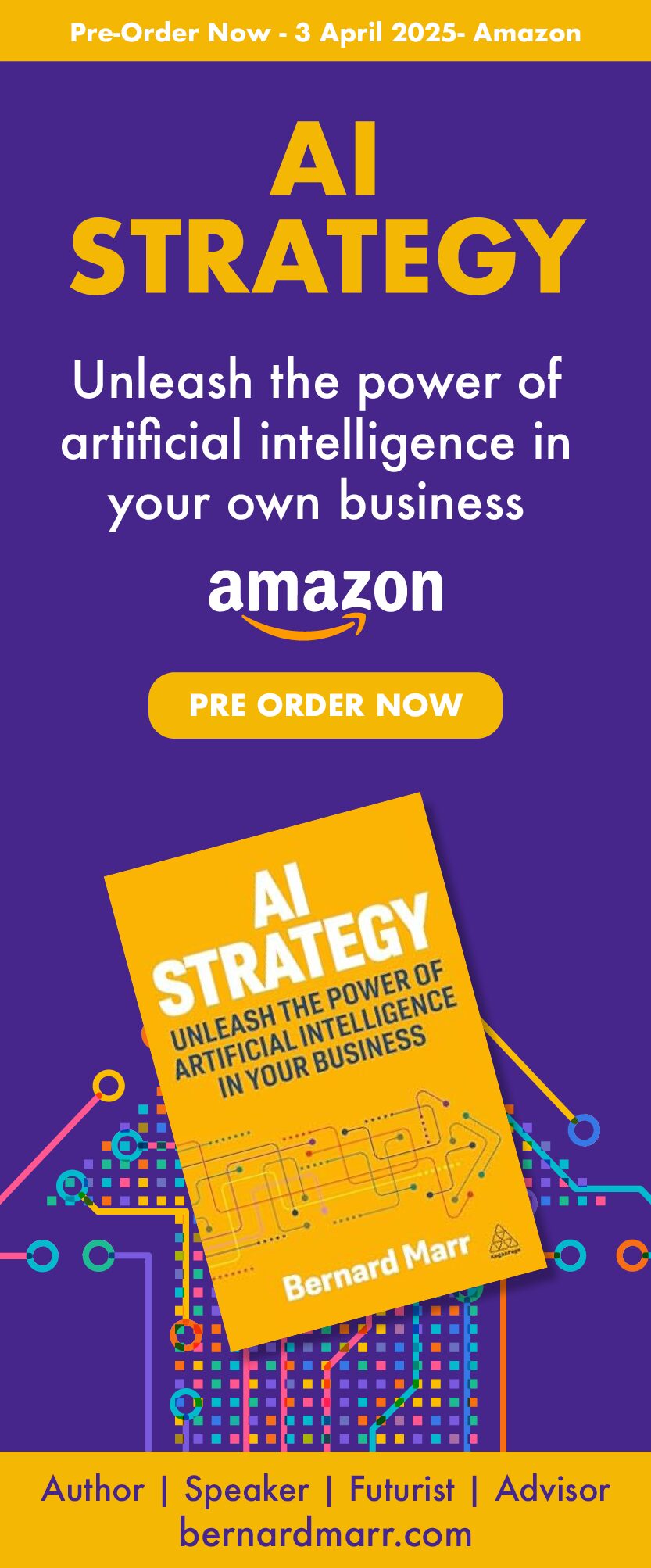Balanced Scorecard: An Overview
2 July 2021
Here we provide a brief overview and introduction to the balanced scorecard concept.
Overview of the Balanced Scorecard
The Balanced Scorecard (BSC) is a strategic performance management framework that allows organisations to identify, manage and measure its strategic objectives. The concept was initially introduced by Robert Kaplan and David Norton in a Harvard Business Review Article in 1992 and has since then been voted as one of the most influential business ideas of the past 75 years.
Like most good ideas, the concept of the Balanced Scorecard is very simple. Kaplan and Norton identified four generic perspectives that cover the main strategic focus areas of a company.
The four Balanced Scorecard Perspectives
The idea was to use the Balanced Scorecard as a template for designing objectives and measures in each of the following perspectives:
- The Financial Perspective covers the financial objectives of an organisation and allows managers to track financial success and shareholder value
- The Internal Process Perspective covers internal operational goals and outlines the key processes necessary to deliver the customer objectives
- Auditing and benchmarking your performance management approaches
- The Learning and Growth Perspective covers the intangible drivers of future success such as human capital, organisational capital and information capital including skills, training, organisational culture, leadership, systems and databases
Balanced Scorecard moves from four boxes to strategy map
Initially it was suggested to visualise the Balanced Scorecard in a four-box model Many organisations have created management dashboards with these four perspectives to provide comprehensive at a glance views of performance. However, this classic four box model is now outdated and has been replaced by a Strategy Map view.
A Strategy Map places the four Balanced Scorecard perspectives into a causal hierarchy to show that the objectives support each other and that delivering the right performance in the lower perspectives will help to achieve the objectives in the upper perspectives. For example the objectives in the Learning and Growth Perspective underpin the objectives in the Internal Process Perspective, which in turn underpin the objectives in the Customer Perspectives. Delivering the customer objectives should then lead to the achievement of the financial objectives in the Financial Perspective. This causal logic is one of the most important elements of modern Balanced Scorecards. It allows companies to create a truly integrated set of strategic objectives. The danger with the initial four-box model was that companies design a number of objectives for each perspective without ever linking them. This can lead to silo activities as well as a strategy that is not cohesive or integrated.
Related Articles
7 Ways To Turn The ‘Bring Your Own AI’ Threat Into An Opportunity
As AI tools become increasingly accessible, companies face a new trend: BYOAI, or bring your own AI.[...]
AI Gone Wild: How Grok-2 Is Pushing The Boundaries Of Ethics And Innovation
As AI continues to evolve at breakneck speed, Elon Musk's latest creation, Grok-2, is making waves in the tech world.[...]
Apple’s New AI Revolution: Why ‘Apple Intelligence’ Could Change Everything
Apple's announcement of 'Apple Intelligence' marks a seismic shift in how we interact with our devices.[...]
Why AI Models Are Collapsing And What It Means For The Future Of Technology
Artificial intelligence has revolutionized everything from customer service to content creation, giving us tools like ChatGPT and Google Gemini, which can generate human-like text or images with remarkable accuracy.[...]
Where Will Artificial Intelligence Take Us In The Future?
Just a few years back, if you had been told that by 2024, you would be able to have a conversation with a computer that would seem almost completely human, would you have believed it?[...]
AI: Overhyped Fantasy Or Truly The Next Industrial Revolution?
The term “fourth industrial revolution” has been used in recent years to describe the transformative impact that many believe AI and automation will have on human society.[...]
Sign up to Stay in Touch!
Bernard Marr is a world-renowned futurist, influencer and thought leader in the fields of business and technology, with a passion for using technology for the good of humanity.
He is a best-selling author of over 20 books, writes a regular column for Forbes and advises and coaches many of the world’s best-known organisations.
He has a combined following of 4 million people across his social media channels and newsletters and was ranked by LinkedIn as one of the top 5 business influencers in the world.
Bernard’s latest book is ‘Generative AI in Practice’.










Social Media